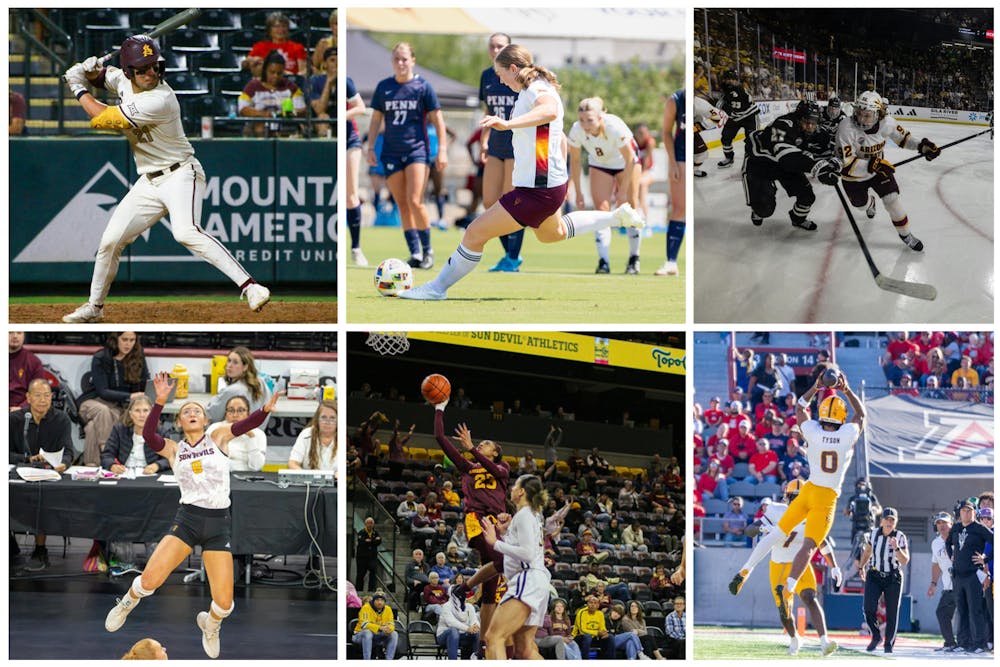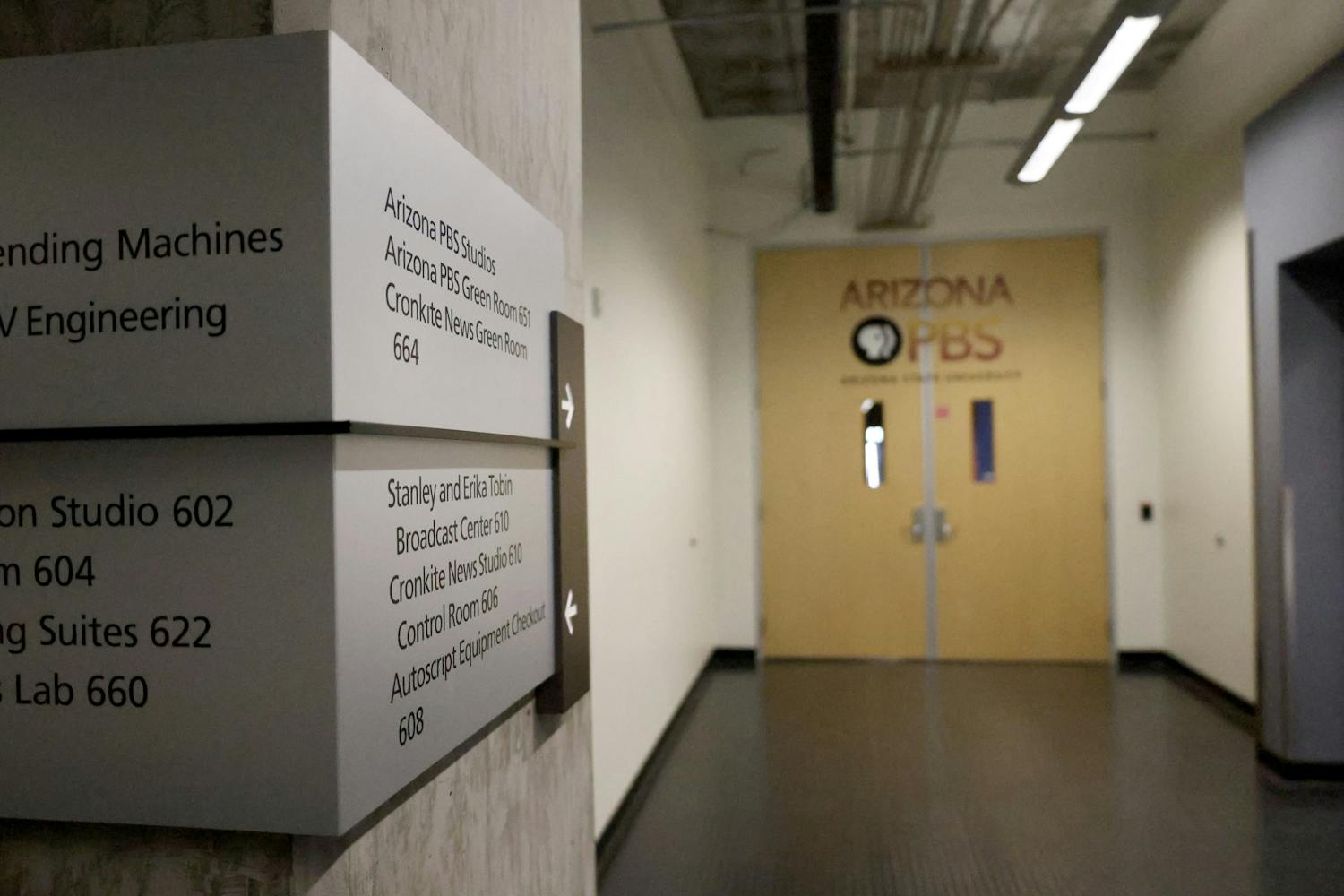Five years after former Arizona State University swimmer Grant House filed a class-action antitrust lawsuit against the NCAA, a settlement has been agreed to, opening up the door for revenue sharing in college sports as they continue to stray further and further away from amateurism.
The NCAA and Power Five conferences will also have to pay close to $2.8 billion in damages to athletes who were unable to receive Name, Image and Likeness deals dating back to 2016. The NCAA is expected to pay this amount over the next 10 years to those who opted into the settlement, with the majority of the funds expected to be distributed to former football and men’s basketball players.
Since NIL became a part of college athletics, athletes needed to go through donors and companies to get paid, but now, schools can pay athletes directly as they see fit.
Of course, schools can’t go around paying every athlete as much as they want. Similar to a salary cap in professional sports, schools can spend approximately $20.5 million across their athletic department, with approximately 90% of it expected to go to football (75%) and men’s basketball (15%), limiting a number of other sports.
The $20.5 million cap shouldn't affect a lot of schools, as they don’t expect to reach those heights. But, for the power conference schools, more specifically the Big 10 and Southeastern Conference, they will have to divvy up their money a little more carefully.
Overseeing all of this will be the newly founded College Sports Commission. Their goal is to facilitate revenue sharing in college athletics and to make sure all NIL deals made between athletes and third parties align with the current rules, according to their website.
The CSC will be operated by the conferences instead of the NCAA, reducing much of the NCAA’s hold on college sports and shifting it over to the power conferences.
“This is an exciting moment for everyone involved in college sports,” NCAA President Charlie Baker said in a statement. “As the defendant conferences now own several facets of rulemaking and enforcement related to specific settlement areas, the NCAA will be able to move away from certain enforcement activity that, despite the best efforts of many, wasn't working well. Rather, we will focus on further enhancing what is working: elevating the student-athlete experience and maintaining fair playing rules and eligibility and academic standards.”
Big 12 Commissioner Brett Yormark was excited about this next step in college athletics.
“We’ve been waiting. It’s been a waiting game for us for a long time ," Yormark said on The Triple Option podcast. "We’re in a better place today as an industry than we’ve been in a long time, and there are guardrails, there are rules of engagement, there’s a new model, and as I often say to my board, my (athletic directors) and anyone that’ll listen, it’s progress over perfection.”
Yormark understands that this new era will come with hiccups along the road, but believes that college sports will be in a better spot than it was before this settlement was reached.
For the Sun Devils, Athletic Director Graham Rossini also seemed prepared and excited for the new athletic environment.
“The Sun Devils are fully ready for the new NCAA landscape,” Rossini said on X, formerly known as Twitter. “There’s never been a better time to be a part of ASU - a proud member of the (Big 12 Conference) - in the heart of America’s (fastest) growing and dynamic metro area - at one of the most innovative universities in the world.”
Edited by Henry Smardo, Leah Mesquita and Ellis Preston.
Reach the reporter at jkmccar2@asu.edu and follow @jackmccarthyasu on X.
Like The State Press on Facebook and follow @statepress on X.
Jack McCarthy is a senior studying sports journalism with a minor in business. This is his third semester with The State Press. He has also worked as a sports reporter.




